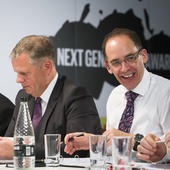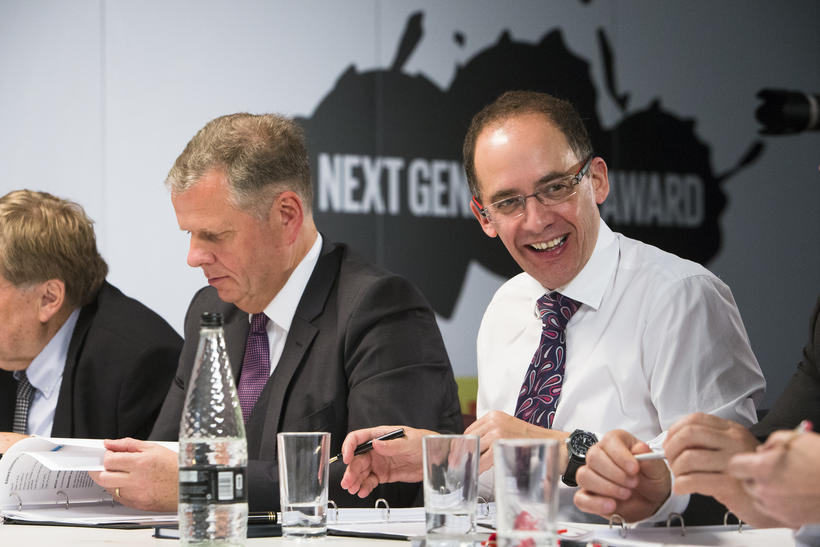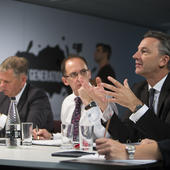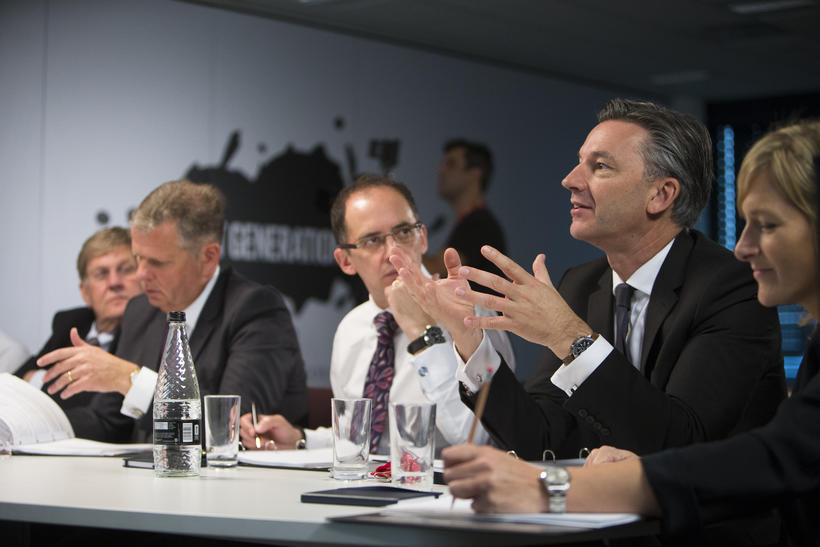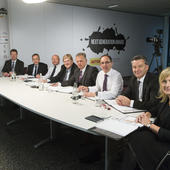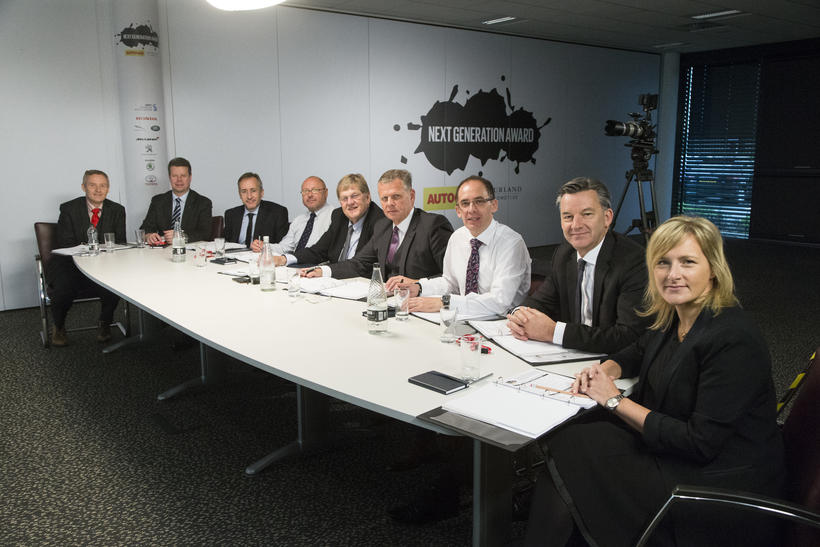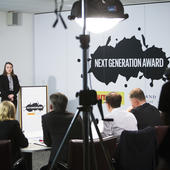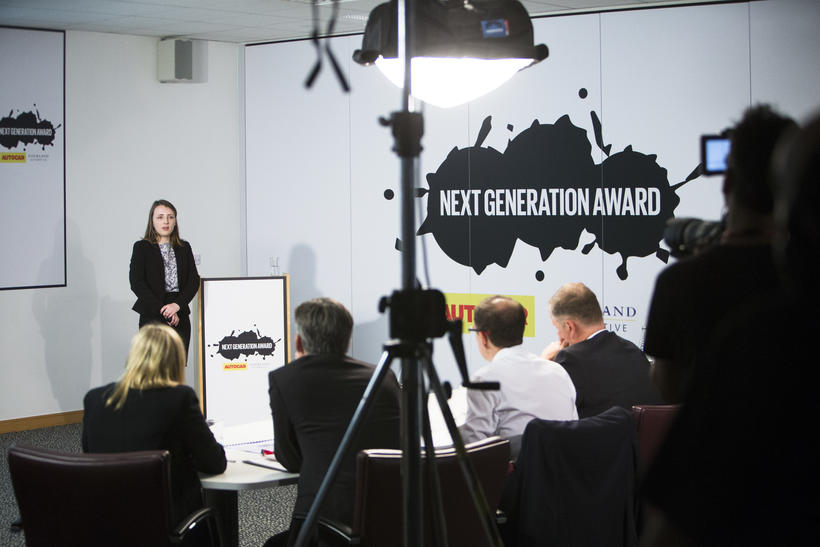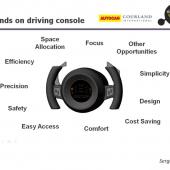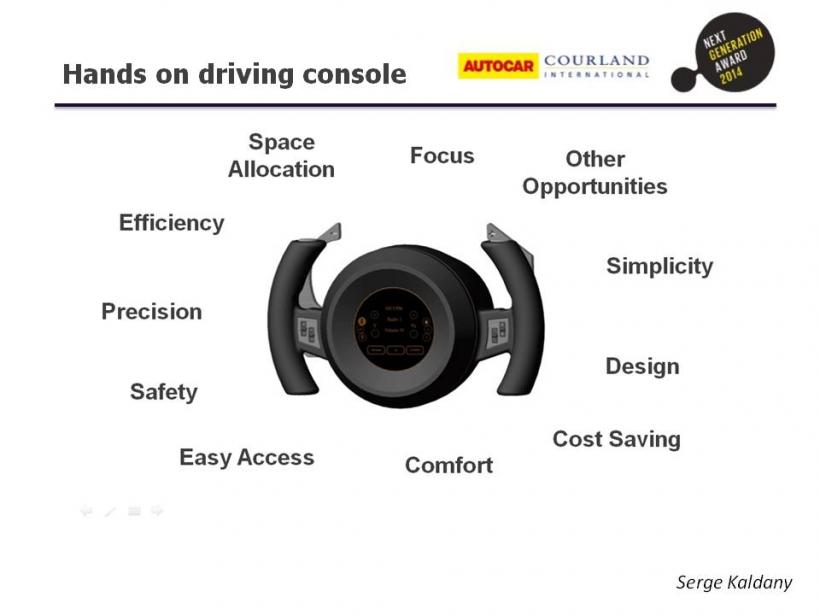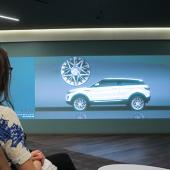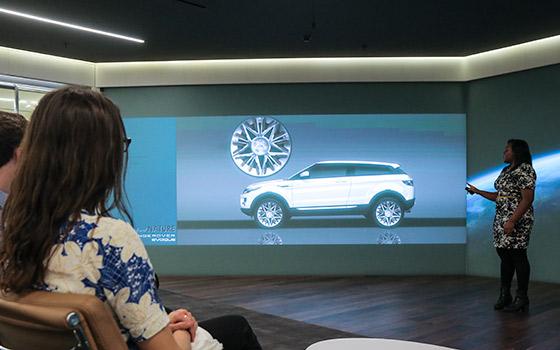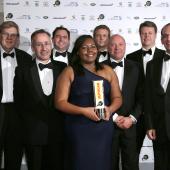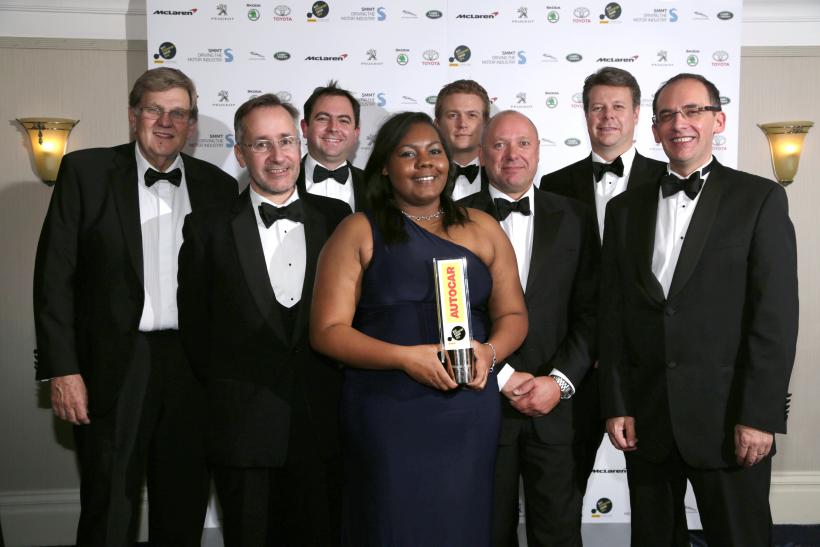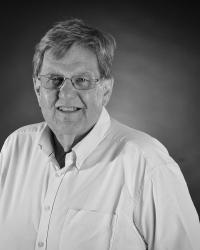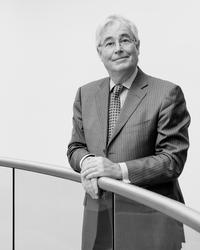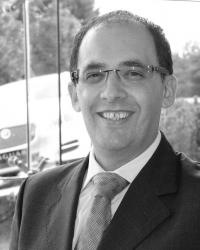News
Next Generation Award 2016 Winner Announced
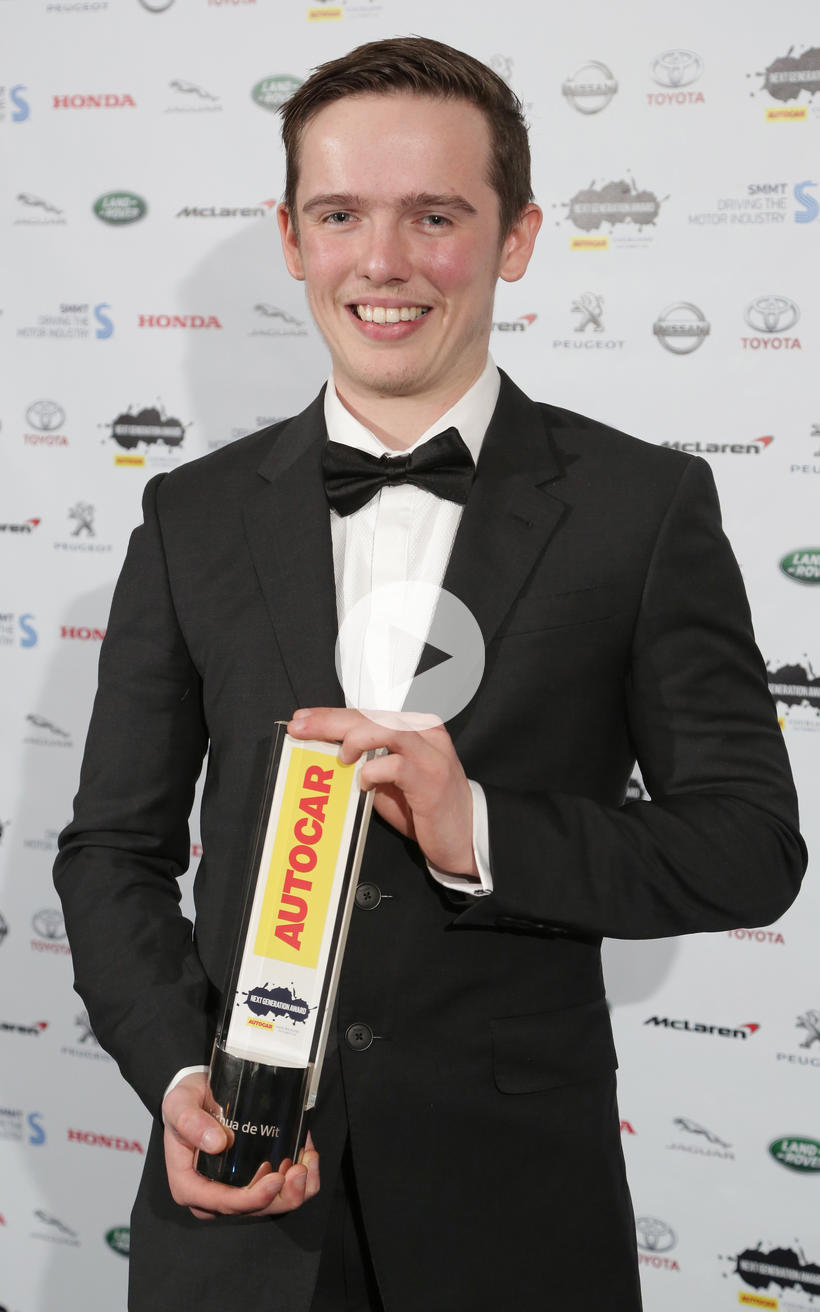
Joshua de Wit, a student at the University of Sussex, has been named the winner of the prestigious Autocar-Courland Next Generation Award for 2016.
The second-year Mechanical Engineering student scooped the award thanks to his original idea focusing on stacked graphene batteries, a design with the objective of improving sustainability in Electric Vehicles.
Considered a platform for kick-starting careers in the automotive industry, the Autocar-Courland Next Generation Award is a sure way to get noticed across a variety of motoring industries, ranging from technology, design, engineering and PR.
Joshua’s design concept harnesses the conductivity, lightness and strength of graphene, enabling the total redesign of the typical EV battery. Joshua’s stacked graphene battery design would enable charging times at a fraction of the fastest-charging products on the market today, while the flexibility of the material means far less can be used for the optimal balance of cost, strength, weight, storage capacity and size.
The announcement of the 2016 winner was made at the Society of Motor Manufacturers and Traders’ (SMMT) annual dinner on Tuesday night (29 November). Joshua will now embark on a six-month work experience tour of award sponsors Honda, Jaguar Land Rover, McLaren Automotive, Nissan, Peugeot and Toyota.
Joshua, 21, from Oxfordshire, said: “It is a privilege to be presented with the Autocar-Courland Next Generation Award. From the outset, this has been a challenging but rewarding experience and the mentoring programme has really helped me to develop my idea and push myself further.
“I’m now excited at the prospect of working with some of the world’s most renowned vehicle manufacturers, experience which I’ve no doubt will stand me in excellent stead for carving out a career after university.”
In a closely fought competition, the other two finalists also impressed the judges with unique and innovative entries. Joel Hayes, of Northumbria University, presented an autonomous vehicle promotion campaign called ‘Be Driven’, while Manuel Agustin Yepez Corsetti, from the University of Glasgow, created a concept that harvests waste energy with thermoelectric materials.
Martin Bohling, global managing partner at Courland Automotive, commented: “It is truly a delight and honour to be involved in this award and to have the opportunity to meet such capable, passionate and extraordinary young talent. We will indeed be fortunate to have any one of the finalists pursue a career in the automotive industry.”
Autocar editor-in-chief Steve Cropley, added: “This award continues to go from strength to strength in its quest to identify, nurture and inspire the talent of the future for the automotive industry. It has been extremely difficult this year to narrow our entries down to just a handful, a testament to how talented and impressive the entries were this year.
“I would like to personally congratulate not only the winner, Joshua, but also the finalists who came extremely close. The ideas and concepts they all produced were some of the finest the award has seen and it was difficult to choose a clear winner. If this award is anything to go by, the future is certainly bright for the automotive industry.”
Applications for the 2017 Autocar-Courland Next Generation Award will open early next year.
Gallery
Where are they now? 2012 winner Roberto Pace is now a brake system engineer at McLaren
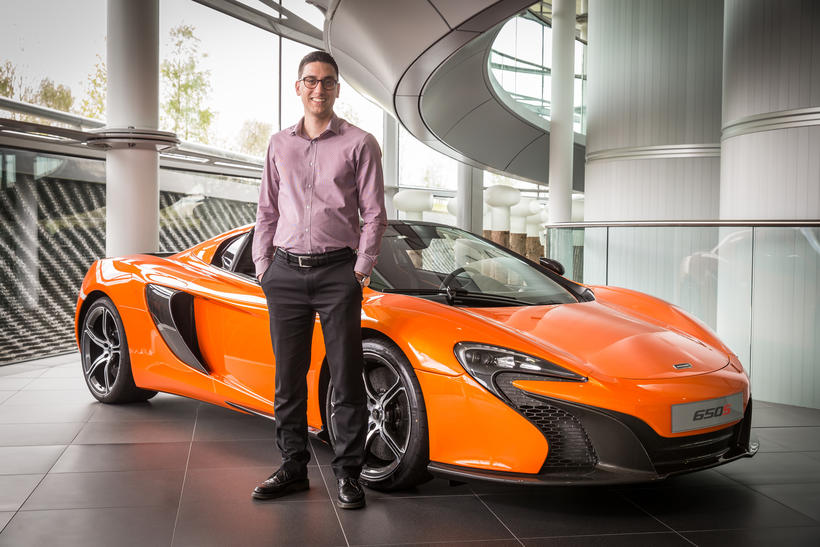
The Autocar-Courland Next Generation Award has a proven track record of launching careers in the automotive industry, and 2012 winner Roberto Pace is a prime example.
Roberto landed his dream role as a brake system engineer at McLaren after his winning ‘Cylindrical Brake System’ design got him top honours in that year’s final, the result being announced at the Society of Motor Manufacturers and Traders’ annual dinner in front of industry leaders.
He won one-month work experience placements at Toyota, Jaguar Land Rover, Peugeot, Skoda and McLaren and was offered a job with the Woking-based sports car manufacturer immediately afterwards. In the three years since, he has worked on the likes of the 570S and 675LT.
Pace, who was a 25-year-old Kingston University student at the time of his win, believes his Next Generation Award experience was crucial in helping him to land the job.
How did you end up at McLaren after winning the Autocar-Courland Next Generation Award?
“I joined McLaren straight afterthe completion of my placements and it was the chassis manager, my mentor during my work experience, who hired me.
“I’m still not sure whether he was using my month-long placement as an extended job interview, or whether he was just keen to see me complete the project he gave me. Whatever the case, it worked out well. I got the job, and every time I go to the McLaren Production Centre, I still feel proud seeing that finished project: the manufacturing fixture the technicians use for centralising the steering rack.
“Now, as a brake system engineer, my main responsibility is to work closely with the suppliers and internal stakeholders to deliver a braking system for the new vehicle programmes according to the cost, weight and performance targets.
“I’ve been at McLaren for almost three years now and have been involved in three big projects: the 570S, 675LT and now a new programme. I’m especially proud of this latest project, because I have co-ordinated the brake system from the concept phase to the production release. Of course, none of this would have been possible without the Autocar-Courland Next Generation Award, which allowed me to enter this very competitive and busy world of the automotive industry.”
What was your favourite moment during your Autocar-Courland Next Generation experience?
“The final at the SMMT dinner was an unforgettable experience. It is hard to describe the feeling when your name is announced as a winner in front of the industry that you have dreamed about joining.
“The challenge starts immediately the following day, when you realise that now it’s reality. Now you havethe moral commitment to prove yourself through all the placements.
“During the placements, I tried to impress every person I met, doing the best job I could when a task was given and learning as fast as possible during the one-month period. I tried to make sure I left a mark somehow, in every piece of work or presentation completed, something personal that somebody may remember me for – a bit of Pace style. I also made sure I had a clear understanding of how different companies operate and why they operate in a certain way.
“Knowing the organisational structure is key. It allows you to give a purpose to the project you’re working on by, firstly, understanding who the key stakeholders are and how they would use your work and, secondly, identifying who the customer was that would benefit from the work.
How can this year’s applicants make their idea stand out?
“My advice is to free your mind from every existing concept and concentrate your idea on something that really inspires you.
“It is important to have a clear and personal vision of where you see the idea in the future. It doesn’t matter if it’s a dream. The Next Generation process will make you see it as a reality. The idea will really stand out if it’s personal, if you are emotionally attached to the concept you present.
“Winning is just the first step, though. After that, it’s up to the individual to show all the rightstrengths to earn a place workingfor a manufacturer.”
Your chance to get involved
If you’re aged between 17 and 25 and have an idea that would improve the UK automotive business, describe it in 1000 words and you could be in with a chance of winning £9000 and six months’ work experience.
Where are they now? The Next Generation Award helped propel 2011 finalist Katie Jones to her dream job at Jaguar Land Rover
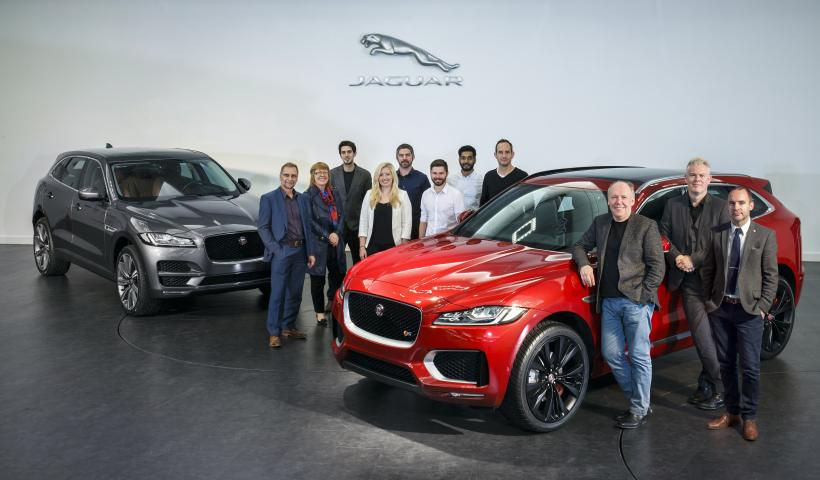
The Next Generation Award has propelled many young, budding professionals into the automotive industry.
Previous finalists and winners have gone on to work at manufacturers such as McLaren, Aston Martin, Ford and Seat, and with entries open for this year’s competition, a new wave of promising innovators is gearing up to pitch its ideas to industry leaders. Katie Jones, a finalist in 2011, went on to become lead designer for colour and materials for Jaguar’s crucial new SUV, the F-Pace. Here, she tells us how, following on from her Next Generation Award experience, she went from student to designer at a leading manufacturer.
How did you end up working at Jaguar Land Rover?
“I have had a very busy few years. After graduating from the University of Leeds in 2012 with a BA (hons) degree in design and colour technology, I had only one weekend before starting out as an interior designer. My first project was designing a high-end car ‘innovation’ showroom, then a 5000-square-foot luxury retail showroom in central London. The showroom displayed bespoke tailormade suits, handbags and accessories, exclusive handmade furniture, an art gallery, fine wines and champagnes, and it was a really useful project to kick-start my career. Working as an interior designer in London was fantastic, but my passion remained with the automotive industry. An opportunity was presented to me to work as a colour and materials designer at Jaguar Land Rover, and I jumped at the chance. With the design experience I had, and also additional experiences such as the Autocar-Courland Next Generation Award, I was offered my dream job.”
What was it like working on the Jaguar F-Pace?
“It has been a privilege to work on the new F-Pace. Taking a very well-received concept car into commercial production was very exciting. I was the project lead designer for colour and materials. It was a challenging but very rewarding role, especially seeing the final product come to life. My primary objectives were the development and delivery of both interior and exterior materials and finishes for the car, liaising with design, marketing and engineering along with external suppliers to ensure the design intent and vision was maintained throughout the development process.
“I presented ideas, strategies and updates to management to keep them informed of progress throughout. The role required a high knowledge of material performance and requirements as well as an understanding of past, current and future market trends. I have been very fortunate to work with a dynamic and enthusiastic team where we can implement innovative materials and designs.”
What’s your advice to people entering the Autocar-Courland Next Generation Award this year?
“If you can identify a gap in the market, the opportunity to present your ideas to a well-connected and experienced panel is incredibly rewarding but can be extremely challenging. It’s very important to be clear and confident when you communicate your idea to the panel. The Next Generation Award can open doors and offer crucial experiences for the next generation of designers wanting to enter the world of the automotive industry.”




